Day 5 - 21st March - Paris: Musée Guimet - India (Part 4)
Next it was the Indian galleries. The Indian art was amazingly well preserved, being the best I'd seen. I wonder what I will see when I one day visit the Land for All Seasons.
The museum informed us that Indian art was passed on through the ages until its meaning had been forgotten. I wonder if scholars of Indian art would dispute that.
There was a collection of Greco-Buddhist art in the Indian section but most of it wasn't that interesting in the contex of the other stuff (the really exciting stuff will come later).
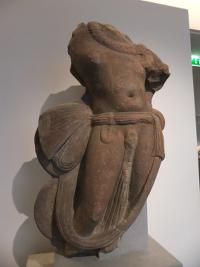


Nagaraja, Serpent King. Uttar Pradesh, 2nd c.
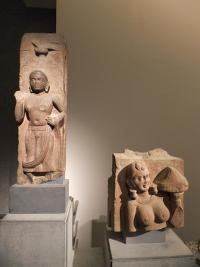

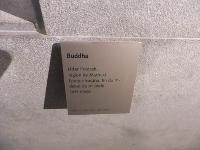
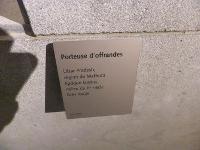
Buddha, Uttar Pradesh, end of 1st c./start of 2nd c. ; Bringing of offerings, Uttar Pradesh, middle of 2nd c.

The start of Indian art. Apparently before Buddhist art, art had not existed in India. I kind of agree - Indus Valley Civilization artefacts are noted for their practical value. Early Indian art (3rd-2nd c. AD) did not show the Buddha's person - only symbols representing him (or his presence). He appeared around the 1st century (blame the Greeks).
Sime Indian earlobe hole enlarging discs have been found on the Palatine Hill in Rome, dated to the 2nd century BC.
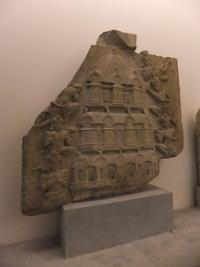
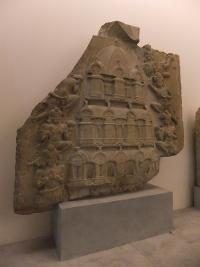
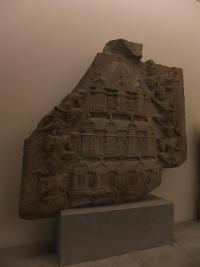
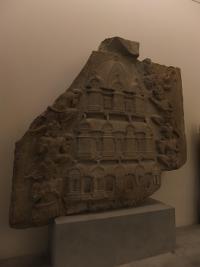
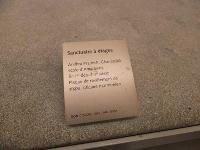
Multi-storeyed sanctuary. Andhra Pradesh, end of 1st/start of 2nd c.

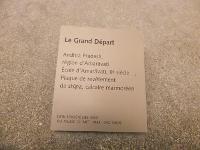
The Grand Departure. Andhra Pradesh, 2nd c.
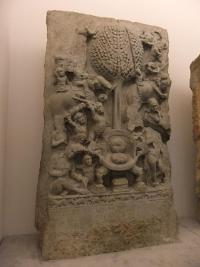
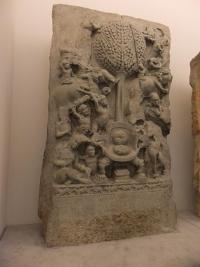
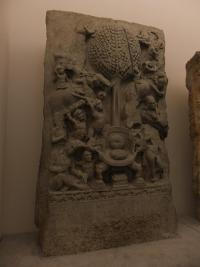
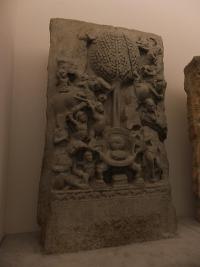
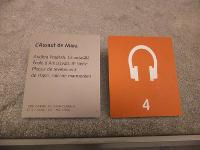
The Assault of Mara. Andhra Pradesh, 2nd c.
Mara sent his daughters to seduce the Buddha and unleash wars. He was not distracted.
You will notice that as per the previous note about early Indian art, his presence is indicated by the throne, Swastika and footprints. He is not there himself.
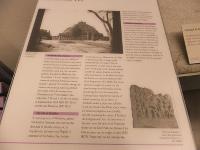
The life of Buddha: "Having finally realized the inanity of ascetic practices, he sat down to meditate under a pipal tree at Bodh Gaya"
Ascetics must've been offended at their religion being belittled, and tried to start a racial riot.
As Buddha lost his humanity, Buddhism became more abstract. This also saw the rise of Mahayana Buddhism.
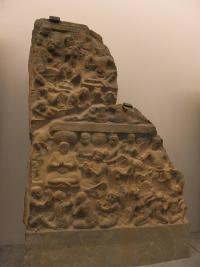
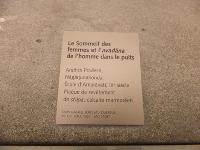
The Sleep of Women and Avadana of the Man in the Wells (Avadana = story). Andhra Pradesh, 3rd c.
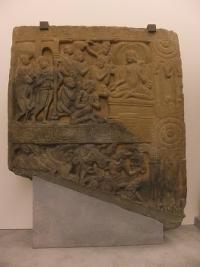

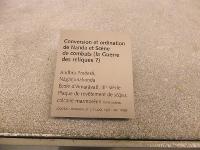
The conversion and ordination of Nanda, and scenes of combat (the War of the Relics?), Andhra Pradesh, 3rd c.
According to the Musée Guimet, Varna (Brahmins, Kshatriya [warriors], Vaishyas [peasants] and Shudras [labourers]) is not the same as caste.
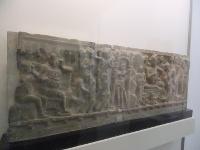
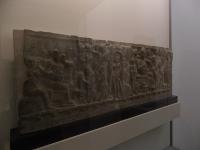
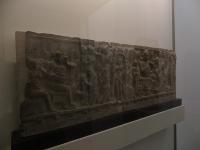
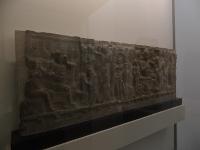

Two Scenes about the Grand Departure of Buddha. Andhra Pradesh, 3rd c.
According to the Musée Guimet, Brahma is rarely worshipped. There is only one temple to him, at Pushkar in Rajasthan. According to Wikipedia this is not correct.
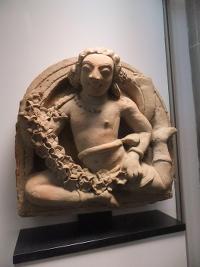

Vidyadhara, spirit supporting Science. Uttar Pradesh, 5th c.
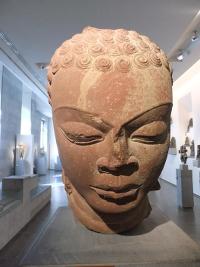
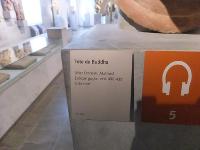
Head of Buddha. Uttar Pradesh, 430-435

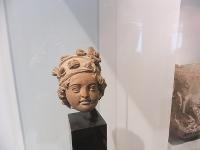

Head of a woman in a turban. Akhnur. 6th c.
I really like this.
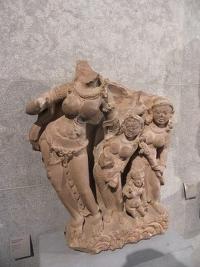
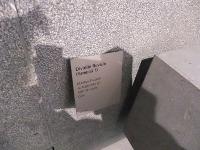
River God (Yamuna?). Madhya Pradesh or Rajastan. 8th-9th c.
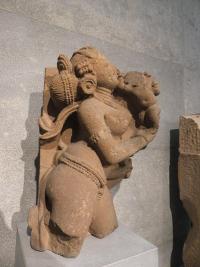
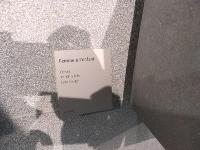
Woman with child. Orissa. 10th-11th c.

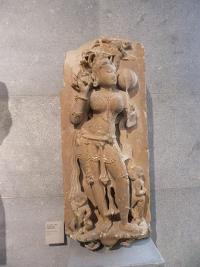
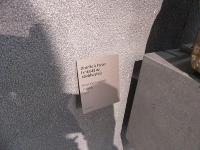
God with tree (vriksaka or salabhanjika). Rajastan. 10th c.
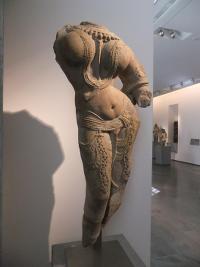
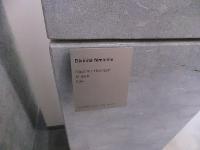
Goddess. Rajastan. 10th c.
There're two terms for goddess here: déesse and divinité féminine. The former is a term used for female pagan deities, whereas the latter is neutral. Hurr hurr.

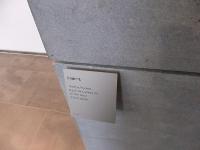
Brahma. Madhya Pradesh. 11th-12th c.
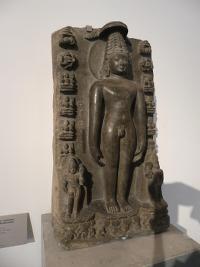

The tirthankara Risabhanatha. Orissa. 11th-12th c.
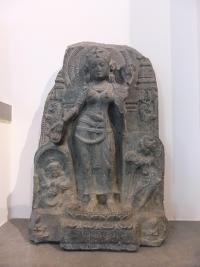

Goddess Khadiravani-Tara. Bihar. 9th c.
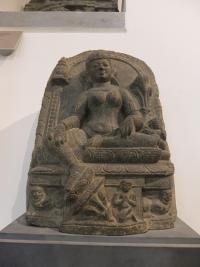
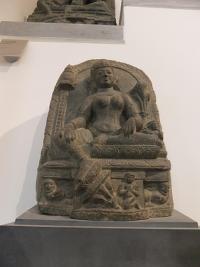
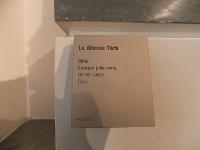
Goddess Tara. Bihar. 9th-10th c.
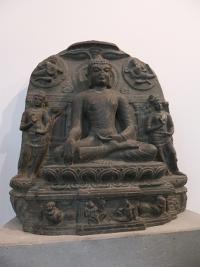
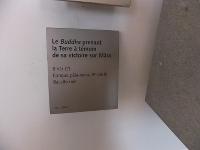
Buddha taking the earth in testament to his victory over Mara. Bihar (?). 10th c.
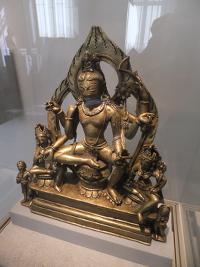

The Bodhisattva Sugatisamdarsana-Lokesvara. Kashmir. End 10th-Start of 11th c.


